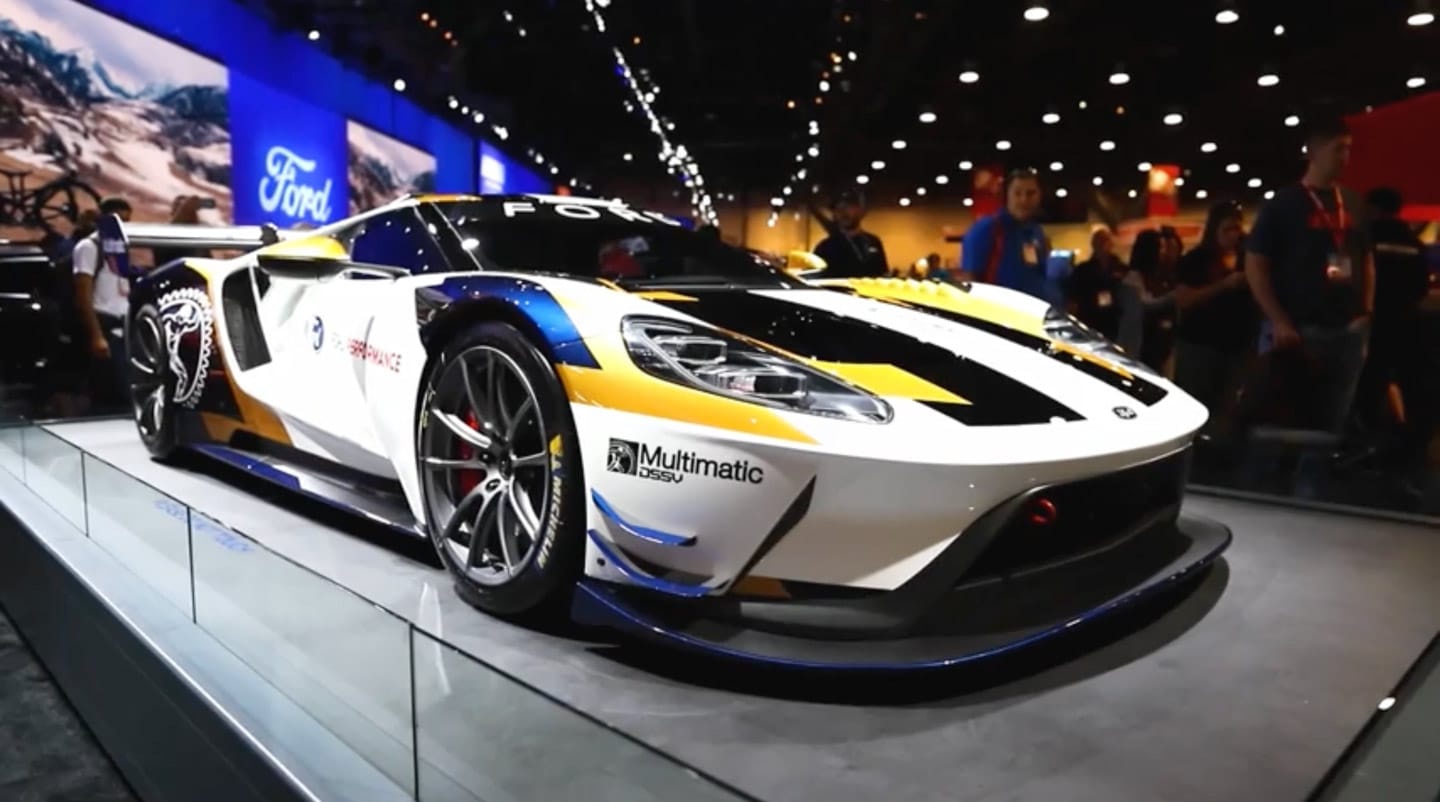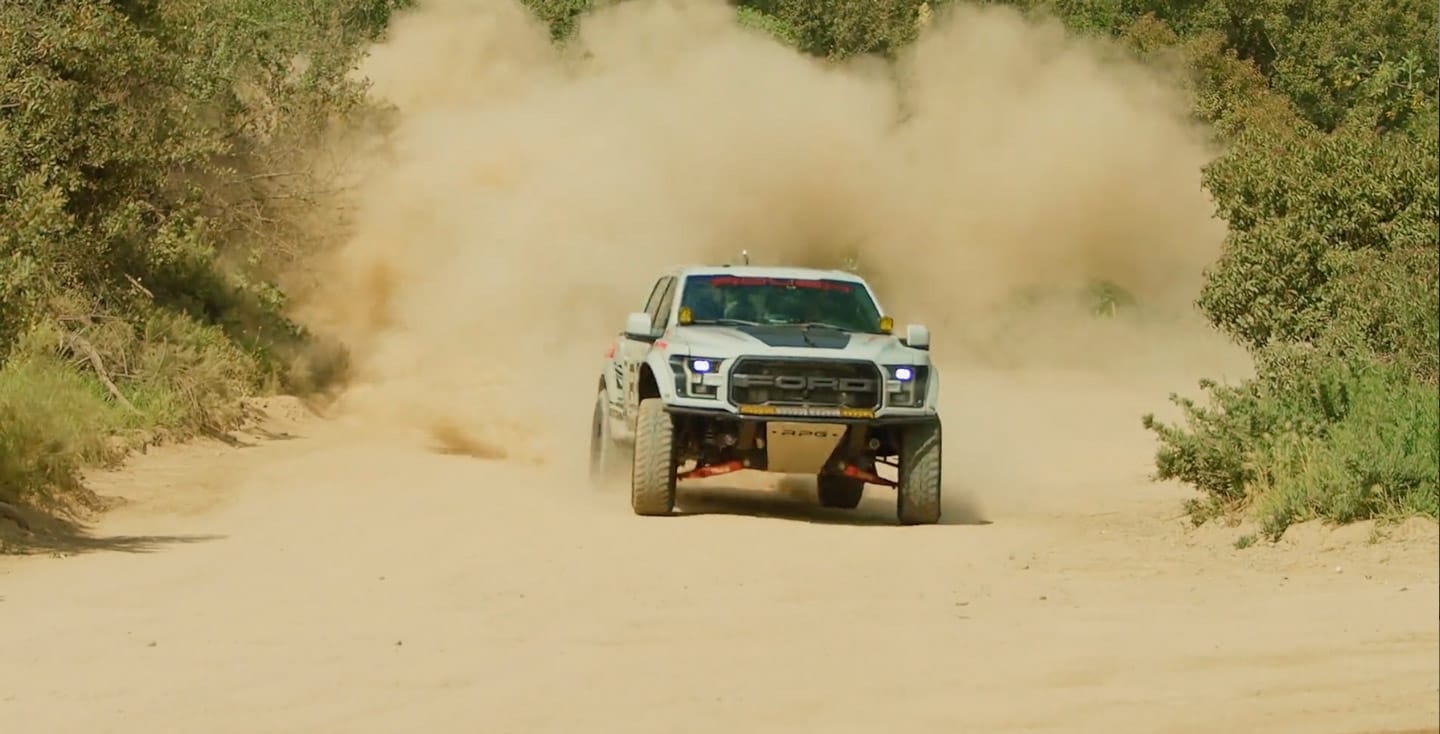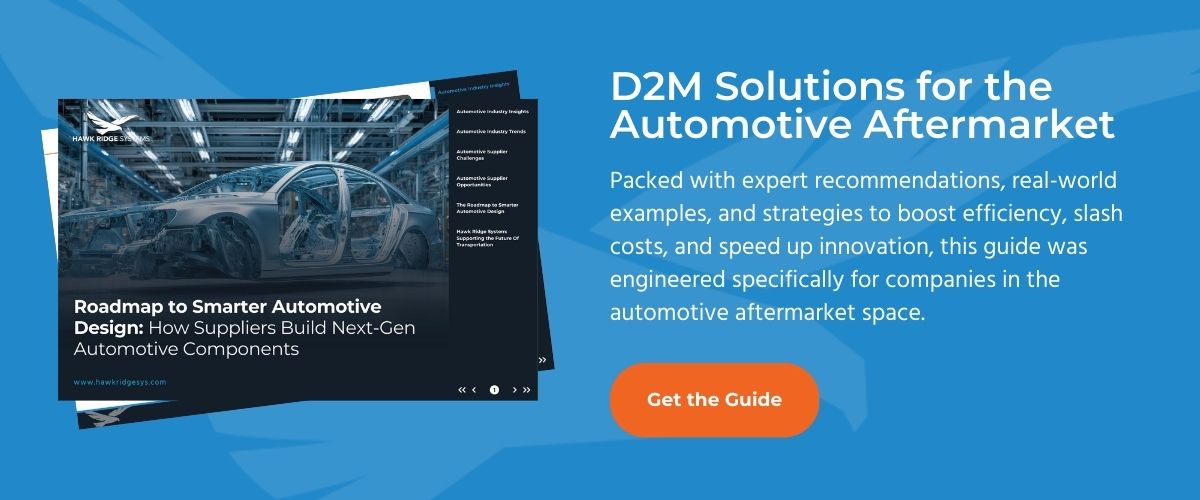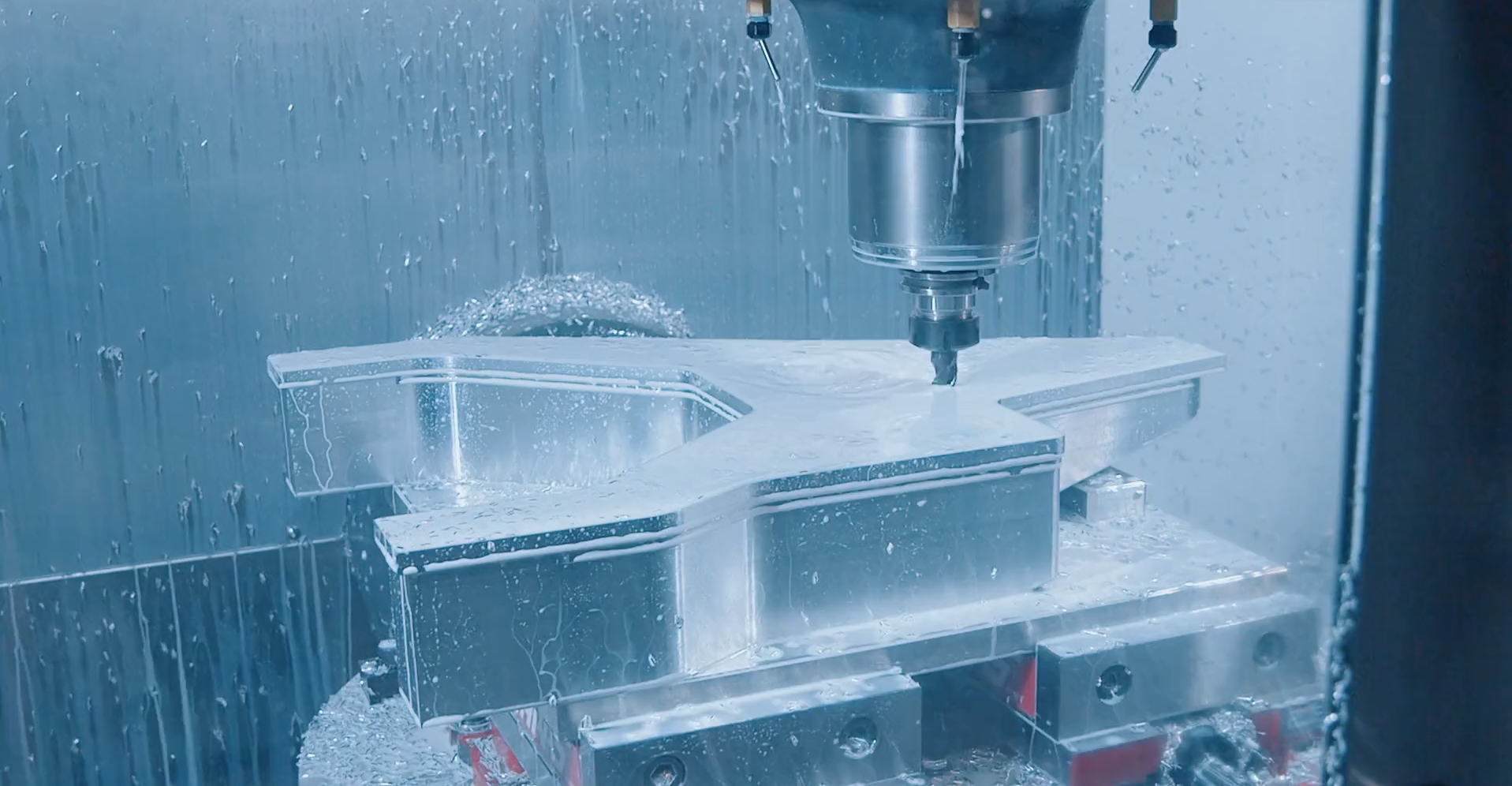Early and continuous collaboration between OEMs and suppliers, especially at the design stage, is essential.
It’s critical due to several challenges:
- Demand for more frequent design iterations and customizations
- Development cycles are shorter/faster lead times
- Impact of EV and ADAS on part integration adds additional complexity
- Late-stage misalignment can cause delays and quality issues
All these things put a massive strain on automotive suppliers. Strong, modern collaboration with OEMs is critical to staying competitive for today’s automotive aftermarket suppliers.
EV & ADAS programs often require co-engineering and validation cycles that legacy workflows simply can’t keep up with. An overwhelming majority of automotive aftermarket suppliers report that customization and OEM demands are actually their number one challenge.
Meeting OEM expectations today isn’t just about cost or delivery — it’s about agility, quality, and the ability to co-engineer and adapt at speed.
The Goal: Less Rework, Lower Costs, Faster Production
Early and continuous collaboration between OEMs and suppliers is essential and provides several benefits like shared digital CAD environments, traceability, and real-time design iteration and feedback tools.
Additional Challenges:
- Paper-based or 2D drawings: Instead of using 3D computer models that everyone can view and edit digitally, teams might sketch designs on paper or use basic 2D software. This makes it hard to spot issues early or share changes instantly, leading to errors and delays.
- Manual testing and calculations: Engineers might do physical prototypes and hand-calculations for things like stress tests on parts, rather than running quick virtual simulations on a computer. For EV battery systems or ADAS sensors, this could take weeks instead of hours and miss subtle problems.
- Email or phone-only communication: Suppliers and car makers exchange files and feedback via emails, spreadsheets, or calls, without shared online platforms. This often causes version mix-ups, lost info, or late discoveries of conflicts, especially when OEMs want frequent custom tweaks. A shared digital environment with collaborative design tools mitigates these risks.
- Sequential workflows: Work happens in a rigid order — one team finishes design, then hands it off to manufacturing — without overlapping or collaboration from the start. In modern projects like co-engineering an ADAS feature, this can’t handle the back-and-forth needed for rapid adjustments.
How Automotive Brands Solve These Challenges
Matching Design Parameters from OEMs with High Performance
Forgeline Motorsports worked on a collaboration with Ford for the Ford GT Mark Two (1.2-million-dollar super car, built for the track.) Ford had huge requirements on how the wheel had to look, but it also had to be suitable for the track to accept high loads and forces, while staying within their design parameters. They used SOLIDWORKS FEA to validate and refine the right strength for the wheels.

Last Minute Design Iterations from OEMs
RPG Offroad is an aftermarket automotive supplier that creates offroad suspension upgrades. They were able to optimize the hand-off from design to manufacturing down to just one hour for their internal workflows. If there’s a new bracket or bolt from an OEM, they can manufacture their own in a very short period of time using SOLIDWORKS and CAMWorks with VoluMill high-speed machining.

Increasing Collaboration All the Way to the Third Shift
Knapheide has collaborated with OEMs since the very early days of automobiles, making aftermarket parts for the Model T. Now they collaborate with many leading automotive OEMs, making custom truck bodies and accessories. They faced challenges with slow throughput and massive customization requests across thousands of parts, product variants, and OEMs. Today, they use an arsenal of design and manufacturing tools to solve these challenges, including SOLIDWORKS, SOLIDWORKS Simulation, PDM, DriveWorks, Composer, and eDrawings. They saved hours with automatic creation of drawings and BOMs, sending eDrawings files directly to the shop floor so that when the third shift comes in, they can mark up the files and send back to the engineers coming in on a different shift, increasing collaboration and speed to market.
Streamline the Design of Next-Generation Vehicle Components
Hawk Ridge Systems is your partner in enabling collaboration, faster speed to market, and better alignment with OEMs through smarter design-to-manufacturing workflows. We help automotive industry manufacturers keep pace with the competition while balancing innovation, quality, regulatory compliance, and cost.
Ready to see what Hawk Ridge Systems does for automotive suppliers? Contact us today.





